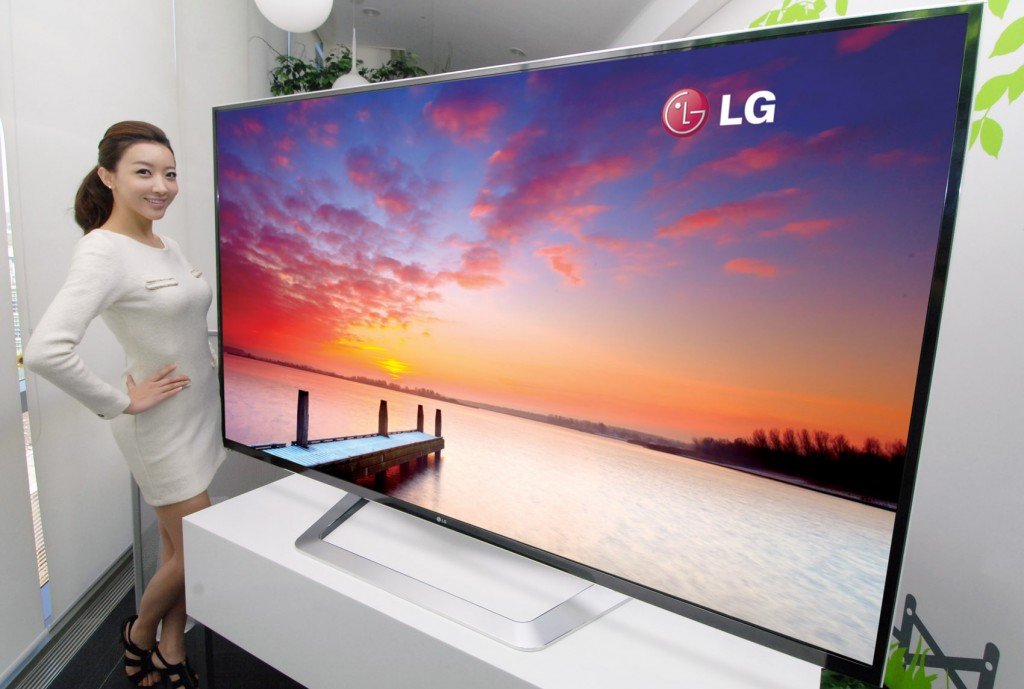The TV industry is already pushing for Ultra HD / 4K, which is the next step after Full HD. But what does it actually mean for our TVs, media boxes, movies and games? Here you go.
Television is evolving. 4K Ultra High Definition is rewriting the rule-book when it comes to image quality and the process is fundamentally changing everything from programme production to distribution technology.
4K capable TV sets are now available from most of the major TV manufacturers, but they’re merely the tip of a very cool technology iceberg. So what, we hear you ask, is 4K really all about?
The headline fact is simple and dramatic. 4K Ultra HD TVs (also known as UHD TVs) deliver four times the picture resolution of 1080p Full HD, that’s eight million pixels compared to two million pixels. What that means in terms of potential image clarity is more fine detail, greater texture and an almost photographic emulsion of smoothness.
But this is just for starters. Prior to a roll-out of TV services, broadcasters are working out what else they can upgrade under the 4K banner. In the UK, a working group chaired by the BBC and BSkyB are mulling over every possible tweak, from higher frame rates to greater contrast and a wider color spectrum.
Talk to the engineers steering this 4K broadcast bandwagon and they’ll tell you everything spec-wise is up for grabs. If this indicates to you that the 4K standard is anything but set in stone, you’d be correct.
Ultra HD is going to be a work in progress for years to come, but that doesn’t mean you should wait for the dust to settle before improving your image.
What’s in 4K than Ultra HD.
4K Ultra High Definition is actually a derivation of the 4K digital cinema standard. However, while your local multiplex shows images in native 4096 x 2160 resolution, this new consumer format is 3840 X 2160.
This is one reason why some brands prefer not to use the 4K label at all, sticking with Ultra HD instead. However, the numerical shorthand looks likely to stick. As a broad brush label, it’s so much snappier!
A rough outlined overview.
Full HD = 1920×1080 pixels = 1080p = 2K
Ultra HD = 3840×2160 pixels = 2160p = 4K
Ultra HD = 7680×4320 pixels = 4320p = 8K
The difference in pixel resolution is quite significant and can best be illustrated like this.
Here’s the video explaining 4K by the Youtube star MKBHD.


